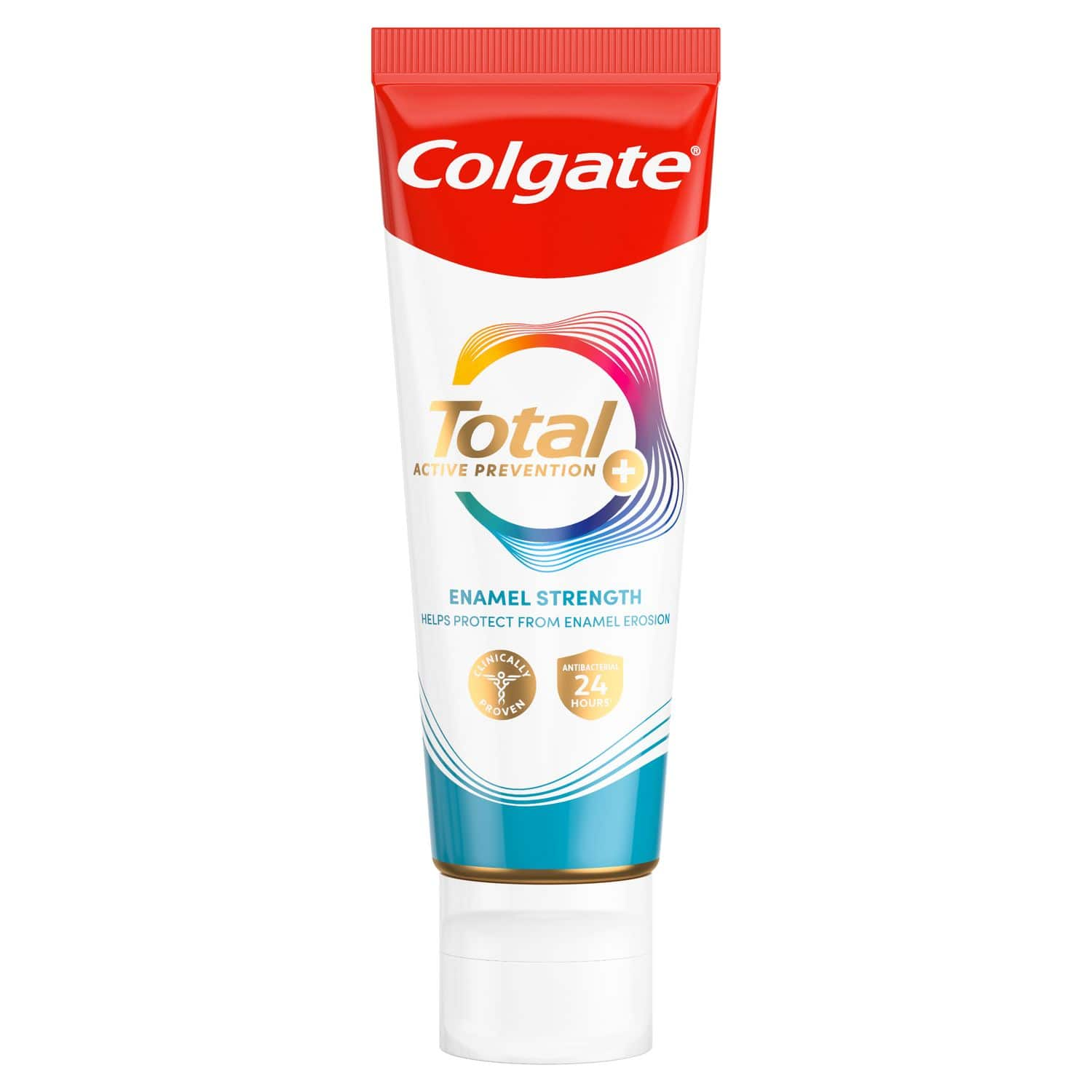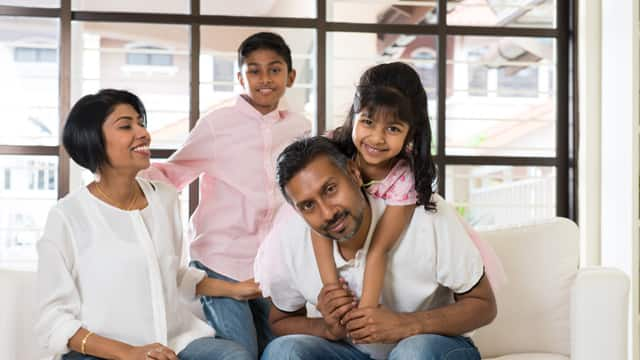Causes of Oral Thrush in Babies
Babies may develop oral thrush for a number of reasons, but mainly because their immune system is not fully developed and cannot fight off certain organisms. Mothers who have had a vaginal yeast infection while pregnant or during delivery can pass the infection to their baby in the form of oral thrush. In addition, thrush flourishes on the yeast found in breast milk, infecting the mother's nipples and milk ducts, which can result in an oral thrush infection for the baby.
If a sick baby is prescribed antibiotics, the medication may affect the balance of good and bad microbes, giving oral thrush ideal conditions to grow. Thrush can be passed on to the mother during breastfeeding. Cross-infection may occur if the mother has been on antibiotics during pregnancy or around the time of delivery.
Steroids and oral contraceptives can also set up a scenario conducive to thrush. Dummy use can increase a baby's risk for oral thrush, as does a nursing mother's disproportionate intake of sweets and dairy products. Breastfeeding mothers who are anaemic or diabetic have a higher risk of contracting a yeast infection that can result in oral thrush for their baby.
Signs of Oral Thrush
Creamy white lesions on the inside of the baby's mouth and trouble sucking or feeding, along with irritability and fussiness, are signs of oral thrush in an infant. Some babies can slip off the breast or make a clicking sound when attempting to nurse. A nappy rash that doesn't go away with commonly suggested ointments can also be a symptom of thrush, as can excessive wind, says La Leche League. A mother infected with thrush may suddenly notice nipple pain or have cracked, itchy or burning nipples, according to the NHS. Shooting pains deep in the breast are a symptom.
Treating Oral Thrush
Because it's so easily passed between a nursing mother and her baby, both should be treated at the same time to prevent any further reinfection, if there are any signs of thrush in the baby's mouth or on a mother's breasts, notes the NHS. Usually, treatment continues for one to two weeks after all symptoms have gone away, and breastfeeding doesn't have to stop since most courses of treatment are compatible with nursing. Nystatin oral drops are a common treatment for the baby, while a cream version of the medication is prescribed for the mother's breasts. If the mother's milk ducts are involved, an oral medication will be needed to reach those areas. Other available solutions may be recommended by the doctor.
Preventing Reinfection
Besides treating the mother and baby at the same time, the following hygiene protocols may reduce the chances of a reoccurring thrush infection:
- Boil dummies and toys that the baby puts in their mouth for 20 minutes each day.
- Replace dummies and bottle teats after one week.
- Boil breast pump parts that come in contact with breast milk for 20 minutes each day during treatment, and throw away damp breast pads.
- To kill the yeast on clothing, wash with bleach or a cup of vinegar.
- Wash hands frequently and especially after nappy changes but not with antibacterial soap, which may kill the good bacteria.
- Dry hands with paper towels and discard them after each use.
- Avoid baby wipes if the baby has a nappy rash. Instead, use a washcloth and water and apply a vinegar rinse.
- Let the baby go without a nappy whenever possible. Cloth nappies are preferable over disposables.
Although oral thrush in babies is common, it can cause some discomfort. But by following a strict hygiene regimen and contacting a doctor at the first hint of thrush, nursing can still be an enjoyable bonding experience for mother and baby.
This article is intended to promote understanding of and knowledge about general oral health topics. It is not intended to be a substitute for professional advice, diagnosis or treatment. Always seek the advice of your dentist or other qualified healthcare provider with any questions you may have regarding a medical condition or treatment.
ORAL HEALTH QUIZ
What's behind your smile?
Take our Oral Health assessment to get the most from your oral care routine
ORAL HEALTH QUIZ
What's behind your smile?
Take our Oral Health assessment to get the most from your oral care routine













